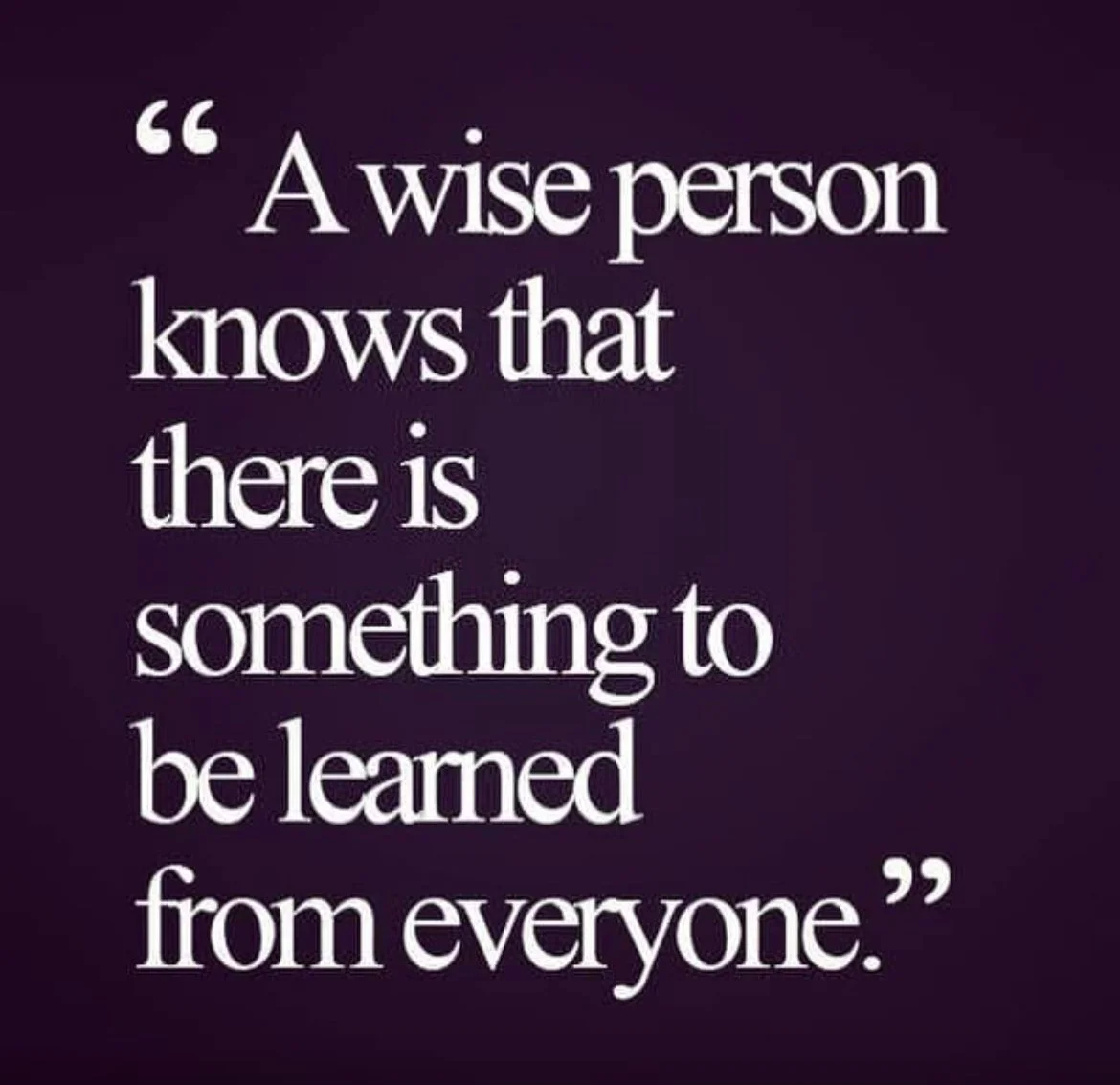A coach is a dedicated partner in your development, helping you clarify your goals, define what you want to achieve, and align your actions with your aspirations. Through a safe and reflective environment, a coach supports meaningful self-discovery, encourages deeper insight, and listens with empathy while serving as a strategic thought partner. By asking powerful questions, a coach helps uncover solutions, expand perspectives, and strengthen both leadership capability and self-awareness. A coach also challenges limiting assumptions, guides you in articulating your core values, and provides consistent accountability to ensure follow-through and sustained progress. Interested?
Contact with me via this link to schedule a complimentary 30-minute discovery call.











